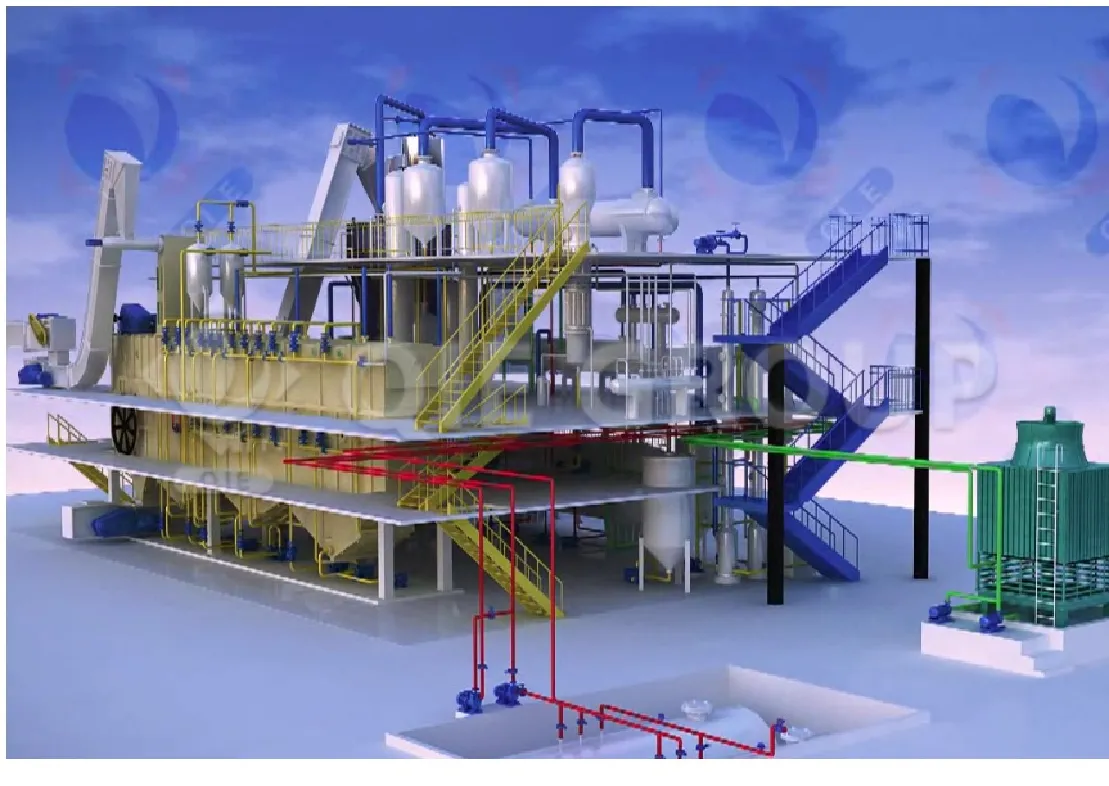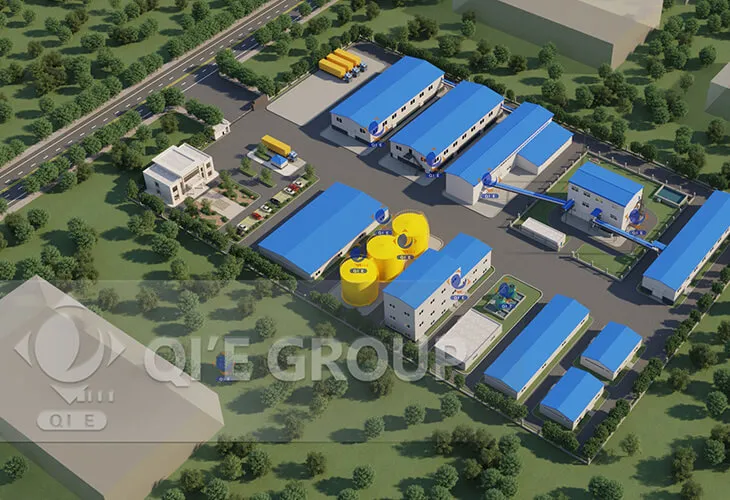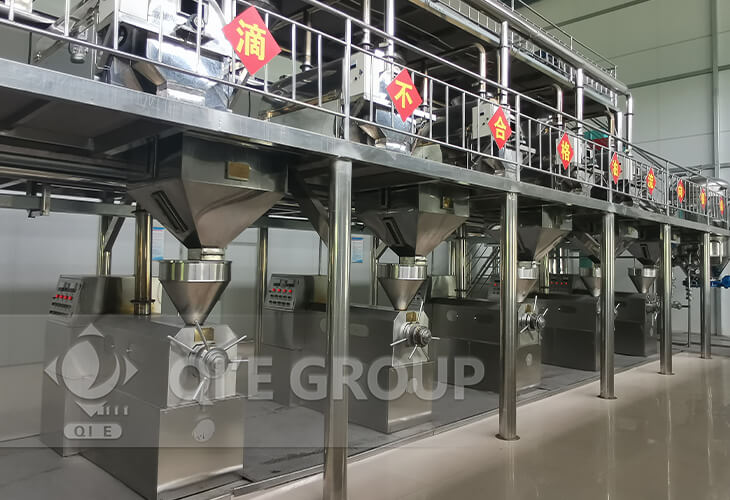Efficient equipment configuration remains a cornerstone for successful peanut oil production facilities. Selecting and pairing suitable peanut oil pre-treatment machines and peanut oil press machines directly impacts throughput, product quality, and operational costs. This article presents critical experience-based guidance and practical recommendations, helping investors and operators scientifically plan their equipment layout to maximize production efficiency while minimizing bottlenecks.
In peanut oil processing lines, the pre-treatment stage—including cleaning, drying, and shelling—prepares raw peanuts for efficient oil extraction. The peanut oil pre-treatment machine's capacity must align closely with the peanut oil press machine to maintain a smooth workflow. Industry guidelines suggest maintaining a processing capacity balance within ±10% to avoid overloading or underutilization, which can lead to throughput loss or increased wear on machinery.
For example, a mid-sized plant processing 1.5 tons per hour requires both the pre-treatment and pressing machines to operate around this throughput. If the pre-treatment capacity is only 1 ton per hour while the press handles 1.5 tons, the pressing machine will run under capacity, increasing unit costs. Conversely, a pre-treatment throughput exceeding press capacity causes material backlog, potentially damaging equipment and reducing oil yield.
The peanut oil press machine is vital in determining oil yield, energy consumption, and maintenance frequency. Core selection parameters include:
Peer-reviewed industry data confirm that investing in branded peanut oil press machines with well-designed screw geometry and robust mechanical seals significantly decreases downtime by 20-25%. Additionally, modular designs facilitate easier cleaning and maintenance.

Choosing equipment from reputable manufacturers correlates with higher reliability and better post-sale support. Industry surveys indicate equipment-related delays drop by 30% when buyers opt for suppliers with local service centers and accessible spare parts inventories.
For peanut oil press machines, key considerations include standardized warranty terms, availability of technical documentation, and prompt engineer dispatch capabilities. Collaborating with vendors committed to regular maintenance schedules strengthens uptime and reduces the total cost of ownership.

Several practical experiences highlight that overlooked misalignment in equipment capabilities triggers operational inefficiencies:
| Issue | Consequence | Solution |
|---|---|---|
| Capacity mismatch | Production bottleneck and idle machinery | Align throughput specifications within ±10% |
| Low-grade components | Frequent breakdowns, higher repair costs | Select certified brands with food-grade materials |
| Insufficient after-sales support | Extended downtime and loss of production | Partner with vendors offering rapid technical response |

An optimized peanut oil production line involves continuous data collection and phased adjustments. Key performance indicators such as oil yield percentage, machine uptime, and energy consumption should be monitored weekly. Investing in digital control systems that integrate the peanut oil pre-treatment and peanut oil press machine operations can synchronize throughput and quickly alert operators to deviations.
Scientific configuration includes validating plant layout to minimize material transfer time, ensuring staff training on equipment handling, and scheduling preventive maintenance. These measures not only improve process flow but also extend the service life of the peanut oil press machine by up to 40% compared to unmanaged operations.

